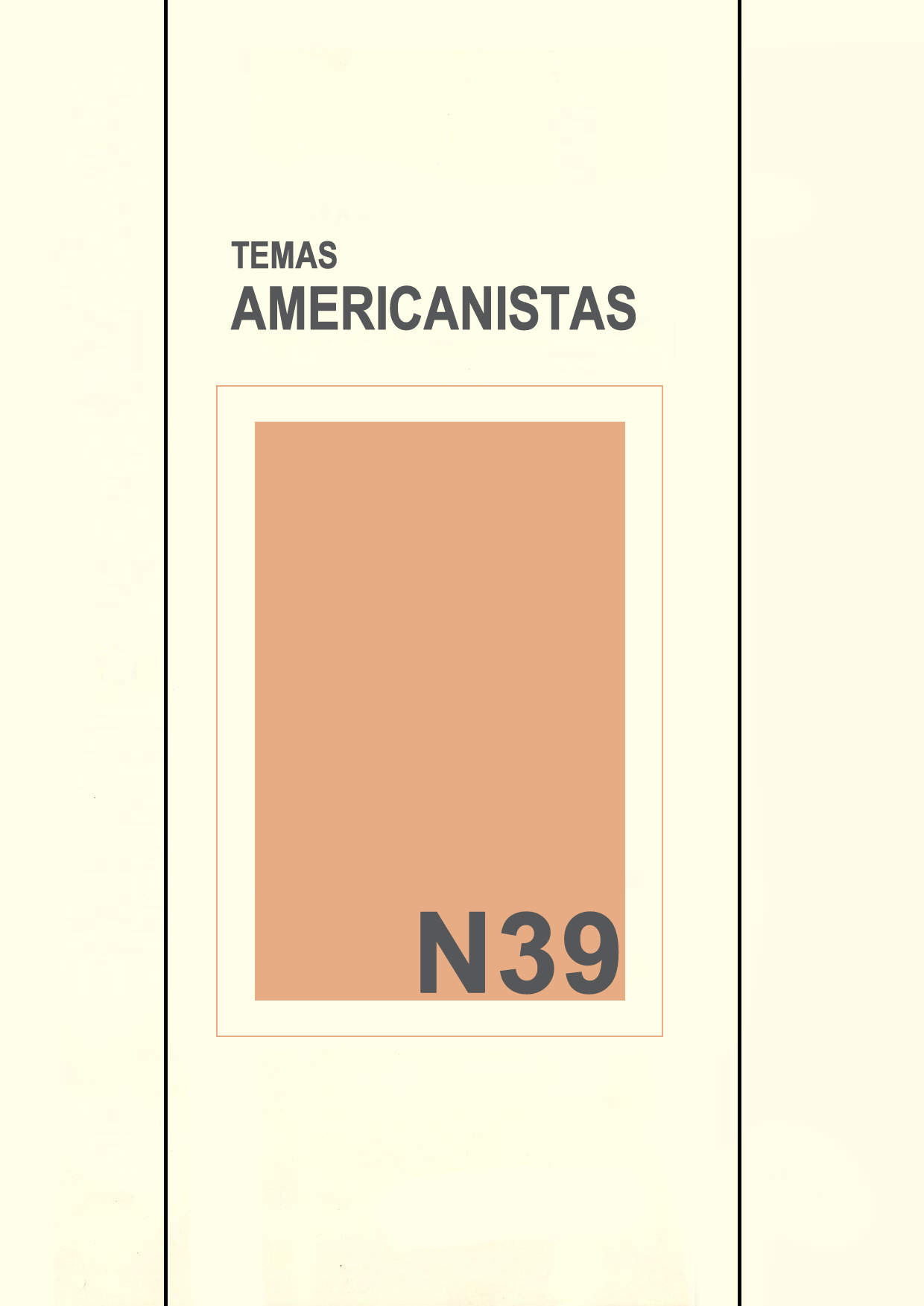Resumen
Se presenta el caso de los lebrillos de cerámica popular, que incorporados como rasgos arquitectónicos, han sido utilizados como pilas benditeras o bautismales en iglesias coloniales hispanoamericanas. Se propone que esta forma de uso constituyó una práctica frecuente derivada de la situación particular de abastecimiento del mercado en estas zonas hasta principios del siglo XIX. El estudio de distintos casos relevados en Argentina, Uruguay y Venezuela nos permiten reflexionar sobre el carácter ambiguo de la cultura material y advertir sobre los peligros que puede implicar el asociar a priori un determinado tipo de objeto con un uso, contexto de uso, o significado específico.

